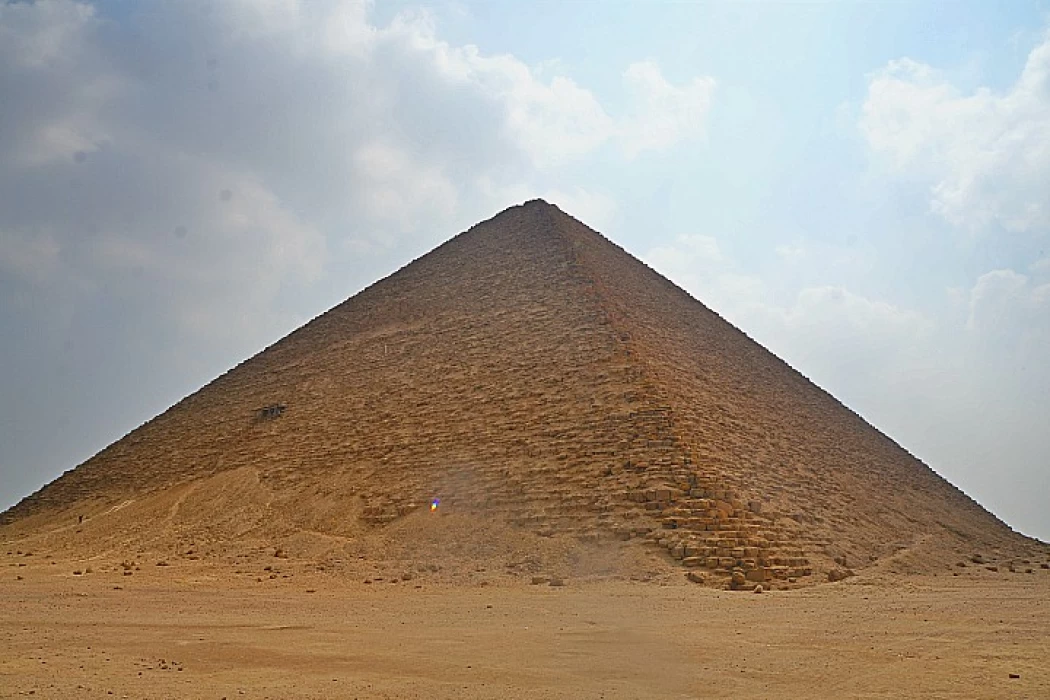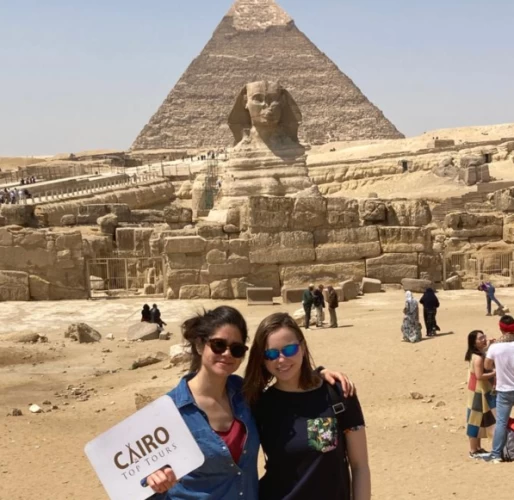
The Fourth Dynasty of Ancient Egypt History
The Fourth Dynasty of Ancient Egypt History
The reasons for the change of dynasty are still very obscure to us today. The period of the 4th dynasty marks the apogee of the Old Empire, the prosperity is such that the Kings will build themselves tombs – gigantic pyramids. Snéfrou, the founder of the dynasty will have no fewer than four erected. Except for two kings, the chronology of the 4th dynasty is quite well known. The first king to be disputed is Baka (or Bakarê) between Khafre (or Khephren) and Menkaourê.
On the Papyrus of Turin (3.13) and on the List of Saqqara (2.0) there is a line where the name of a King is missing between Khafre and Menkaouré. The final member of the dynasty is the second troublesome king. It is only listed by Manethon as Thamphthis. No inscription or monument of the end of the 4th dynasty can be related to this name. The Papyrus of Turin is also damaged in this place, but it leaves room for a King between Shepseskaf and Ouserkaf (First King of the 5th dynasty). According to Pascal Vernus and Jean Yoyotte the end of the dynasty is dominated by quarrels between claimants.
The discrepancy between the royal lists and Manethon's is another issue with this dynasty's chronology. Sôris (Snéfrou), Souphis I (Khoufou or Khéops), Souphis II (Khafrê or Khéphren), Mencherês (Menkaourê or Mykérinos), Ratoisês (Djédefrê), Bicheris (Baka), Sebercherês (Shepseskaf), and Thamphthis (Djédefptah or Hordjedef) are the monarchs listed in the order given by Egyptologists today. The arrangement of the royal lists is supported by archeological findings, not Manethon's.
The economic policy of this period is based on the exploitation of natural resources: mines and quarries, and on the construction of temples and tombs. Campaigns, whether military or commercial, are conducted for these purposes, first by Snéfrou then by his successors. High civil and religious offices are given by the King to members of the royal family only.
The office of vizier (tjaty) is created. This one is of course appointed by the King. It takes over responsibility for the central administration and is assisted by Directors of missions who liaise with the provinces. He is also the Chief of justice, he must enforce the law of Ma'at and presides over the Houses (ministries) including: The House of fields (agriculture) and the Double White House (The Treasury). He runs the Double Bureau (The Royal Archives) and controls police, transport, construction. The first Vizier is Prince Nefermaat, son of King Snefrou.
















